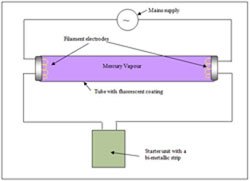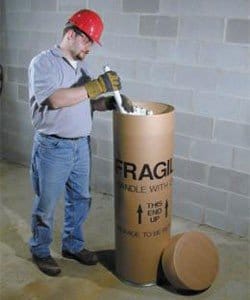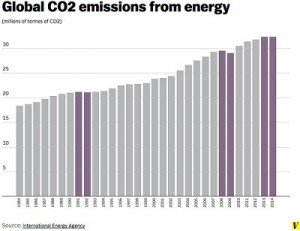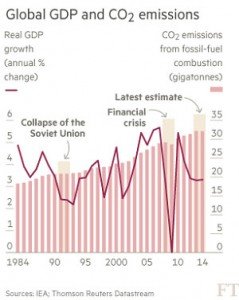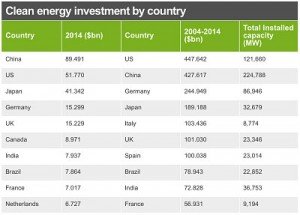Calculating the Operating Cost of Your Metal Halide Lights – Part 1, Hydro Usage
Determining how much your Metal Halide (MH) lights are costing you can be frustrating. It really amazes our clients when we break down the actual operating costs and then compare them to the operating costs of solid-state LED lighting. Once you know these figures it allows you to see how much you will save by switching your business from MH to LED lighting.
In order to calculate the operating costs, you need to look at the two areas that make Metal Halide very expensive: hydro/electricity consumption and replacement/maintenance costs. In this post we’ll take a look at the hydro cost of Metal Halide.
Let’s start with a look at the hydro consumption of MH and compare it to the consumption of an LED light. I’ll use two examples from recent audits to show the difference in operating costs between MH and LED.
… This isn’t true. In fact, a 400 watt MH light actually consumes 452 watts, due to the ballast factor. HYDRO USAGE EXAMPLE 1: Our first example is a community arena currently using 50 400 watt Metal Halide lights. At first glance, you would think that 50 400 watt lights would consume 20,000 watts of electricity each hour (50 x 400w = 20,000w). This isn’t true. In fact, a 400 watt MH light actually consumes 452 watts, due to the ballast factor. In actuality, the 50 400 watt lights consume 22,600 watts of power each hour, or 22.6 kilowatt hours ( kWh) of hydro each hour. With a blended hydro cost of 17¢/kWh, and operating for 4,000 hours each year, the arena currently spends $15,368 on hydro for lighting (22.6kWh x $0.17/kWh x 4000hrs = $15,368).
After producing an engineered lighting report, we recommended this client switch to two lights from the LusioFlex Essentials Series; 40 Flex ES3V-6MS and 10 Flex ES3VU-6MS lights. The ES3V-6MS consumes only 146 watts and the ES3VU-6MS consumes 186 watts. In total, these 50 new lights only consume a total of 7.7 kWh each hour. The annual operating cost of this new lighting plan is only $5,236 annually.
Once this case, the new lighting will save this arena 14.7 kWh each hour – that’s a reduction of almost 66%. Assuming the hydro rate stays at 17¢ kWh (we know it will rise, but let’s be conservative here) they’ll save $10,132 annually in hydro.
To find out more about the Lusio Flex Series visit http://flexlightingsolutions.com/fixtures/EssentialsSeries.html
HYDRO USAGE EXAMPLE 2: This time we’ll look at an auto dealership using 36 1000watt Metal Halide area lights. Once again, there is a ballast factor and the actual hydro consumption is 1080 watts per light per hour. This means the dealership consumes 38.88 kWh of hydro each hour the lights are on (36 x 1080w = 38,880w or 33.88kWh). As the lights operate an average of 12 hours a day and are on 365 days a year, this means the lights operate for 4,380 hours each year. As a large volume electricity customer, this dealership pays 15.25¢/kWh. Their annual lighting cost is currently $25,969.90 (38.88kWh x $0.1525/kWh x 4380hrs).
…the dealership will see their hydro bill decrease by $24,479 annually. That’s a decrease of 78.86%. Once again, we produced an engineered lighting report and our recommendation was for the client to switch to two lights from the Lumingen SLD-PK series; 19 of the SLD-PK-300 and 17 of the SLD-PK-240. The 300 model consumes 268 watts and the 240 consumes only 184 watts. In total, these 36 new lights will consume only 8.22 kWh of hydro each hour.
Once in place the dealership will see their hydro bill decrease by $24,479 annually. That’s a decrease of 78.86%.
You can find out more on the incredibly versatile, Canadian-designed, engineered and built Lumingen SLD-PK by visiting http://www.lumingen.com/
In short, to calculate how much hydro you are consuming with your MH lights, you have to know the wattage of the existing light, the ballast factor, your blended hydro cost and the annual hours of operation. Feel free to contact us and we’ll help you put these numbers together and we’ll also put together a no-obligation engineered LED lighting report for you as well. You can’t start a savings program until you know your current costs.
Next week we’ll look at the second area where Metal Halide operating costs add up replacement/maintenance costs.


